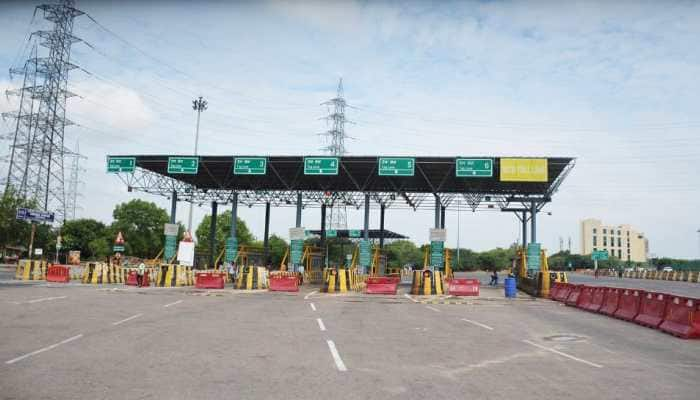China launches 20 micro satellites using new carrier rocket
China on Sunday successfully placed 20 micro satellites into space using its latest carrier rocket powered by pollution-free fuels, boosting the Communist giant's competitiveness in the global satellite launch sector, state media reported.
Trending Photos
)
Beijing: China on Sunday successfully placed 20 micro satellites into space using its latest carrier rocket powered by pollution-free fuels, boosting the Communist giant's competitiveness in the global satellite launch sector, state media reported.
The rocket, Long March-6, was launched from Taiyuan Satellite Launch Centre in north China's Shanxi Province which carried 20 micro-satellites into the space for space tests.
The new 29.3 metres high rocket, fuelled by liquid propellant made of liquid oxygen and kerosene, is China's first carrier rocket that uses fuel which is free of toxicity and pollution, Gao Xinhui, an official at China Aerospace Science and Technology Corporation, said.
"Using such propellant can cut costs by a great margin," state-run Xinhua news agency quoted Gao as saying.
Zhang Weidong, designer-in-chief at the Shanghai Academy of Spaceflight Technology with the China Aerospace Science and Technology Corporation, said the new rocket also "reformed the way carrier rockets are tested and launched in China."
"Loading, testing and positioning were finished when the Long March-6 rocket was at a horizontal position, before it was lifted to an upright position for launching.
"We believe it will greatly boost the competitiveness of Chinese carrier rockets in the international market. The new model will also significantly improve our ability to access space," Zhang said.
The launch has tested the feasibility and accuracy of the rocket's design as well as other new technologies.
The new carrier rocket will be mainly used for the launch of micro-satellites.
The rocket is the 210th mission by the Long March rocket family. In 1970, a Long March-1 rocket sent China's first satellite, Dong Fang Hong 1, or "the East is Red", into Earth orbit.
In recent years, China has emerged as a space power putting numerous satellites, including a number of them for its Beidu satellite navigation system to counter US' GPS.
Besides landing a rover on the Moon, China is building a space station which is expected to be ready by 2022.
China launches its own satellites as it builds a homegrown satellite navigation system. However, it also carries out launches for other countries and commercial companies.
In 2013, China landed a rover called Yutu on the moon, becoming the third country after the US and erstwhile Soviet Union to do so.
Last year, China completed its first return mission to the moon after an unmanned probe landed successfully on Earth.
The Russian space station Mir, which is currently in orbit, is expected to be scrapped by 2020.
Stay informed on all the latest news, real-time breaking news updates, and follow all the important headlines in india news and world News on Zee News.
Live Tv







)
)
)
)
)
)
)
)
)
)

